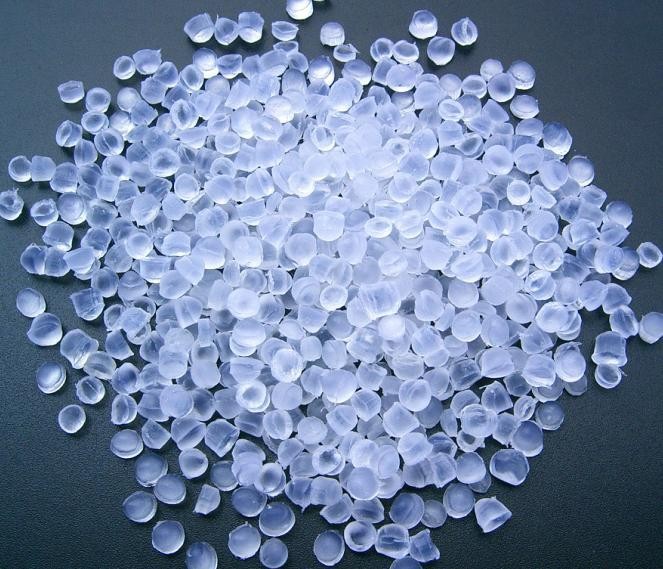Transparent granules, as the name suggests, are small particles that are clear or translucent. They are an essential part of various industries, with applications ranging from cosmetics to the pharmaceutical sector. In this article, we dive deep into the world of transparent granules, exploring their composition, uses, and significance in modern-day applications.
What are Transparent Granules?
Manufacturers frequently produce objects with clear or semi-clear appearances by utilizing materials such as polymers, gels, or other substances. Initially, the choice of these materials is critical because their inherent properties often allow for transparency. Furthermore, during the production process, specific techniques are employed to eliminate impurities and air bubbles. Consequently, the combination of selecting the right materials and employing precise manufacturing methods ensures the desired transparency in the final product.
Key Characteristics:
- Consistency: They offer a homogeneous structure, ensuring each granule offers similar properties.
- Clarity: Allow light to pass through, making them visually appealing and functional in specific applications.
- Stability: They are often stable under varying conditions, resisting degradation and maintaining their structure over time.
Applications and Uses:
1. Cosmetics and Personal Care:
- Gel-Based Products:. They are often used in gel-based cosmetics, including face washes, shampoos, and shower gels. They can encapsulate other active ingredients or serve as an exfoliating agent.
- Visual Appeal: Their translucent nature can add an aesthetic appeal to products, making them more attractive to consumers.
- Controlled Release: Some medicines use transparent granules to encapsulate drugs, allowing for a controlled release in the body over time.
- Visual Inspection:. Their clarity ensures that contaminants or inconsistencies are quickly noticed during the production process.
- Gelling Agents:. In certain food products, transparent granules act as gelling agents, giving the product its desired consistency.
- Candy:. Some candies use transparent granules for visual appeal or to encapsulate flavors.
- Polymers:. They made of polymers can be melted and reshaped into various products, from plastic containers to eyewear lenses.
Advantages of Transparent Granules:
- Versatility:. Their compatibility with various compounds and ingredients makes them suitable for diverse industries.
- Safety:. Since they allow for visual inspections, contaminants or production faults can be easily detected.
- Aesthetic Value:. They can enhance the visual appeal of products, leading to increased consumer interest.
Production:
The production of transparent granules depends on the intended application and the base material. For instance, polymer-based granules may involve polymerization processes, followed by granulation. The process often ensures the removal of air bubbles, impurities, and any factors that might hinder transparency.
Challenges and Innovations:
Despite their advantages, there are challenges in producing high-quality :
- Maintaining Clarity: Over time or under certain conditions, some transparent granules might become cloudy or lose their transparency.
- Environmental Concerns: Given the use of polymers, environmental concerns regarding biodegradability and pollution can arise.
However, innovations are underway. Biodegradable transparent granules and those made from recycled materials are gaining popularity, addressing environmental concerns.
Conclusion:
They are a testament to how even small innovations can significantly impact various industries. Their clarity, versatility, and stability make them a favorite in numerous applications. As technology advances, we can only anticipate their enhanced properties, further expanding their potential in shaping the products of the future.

